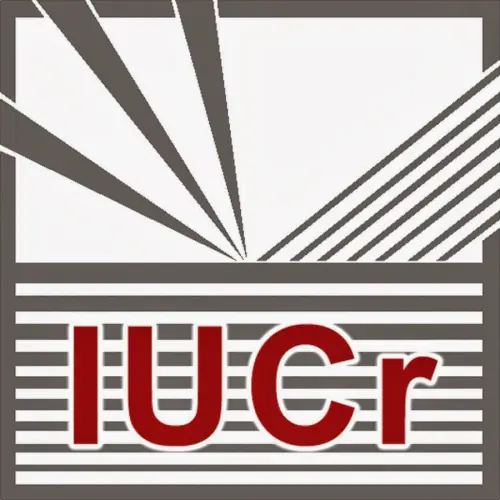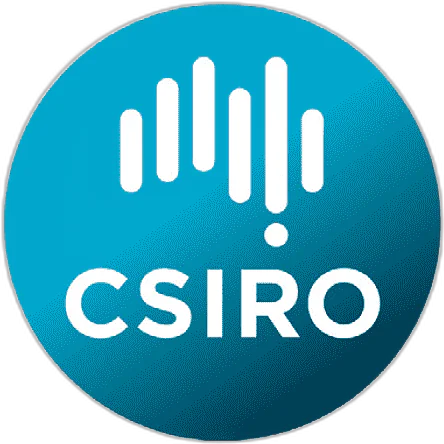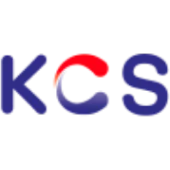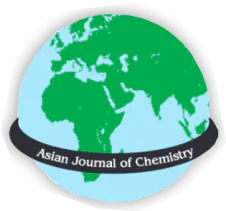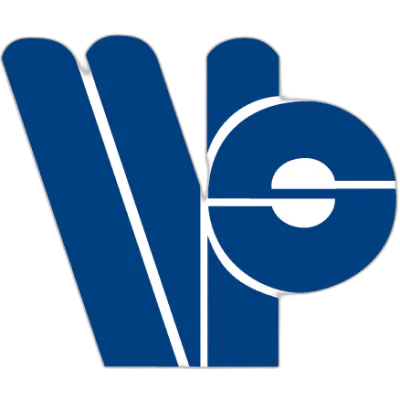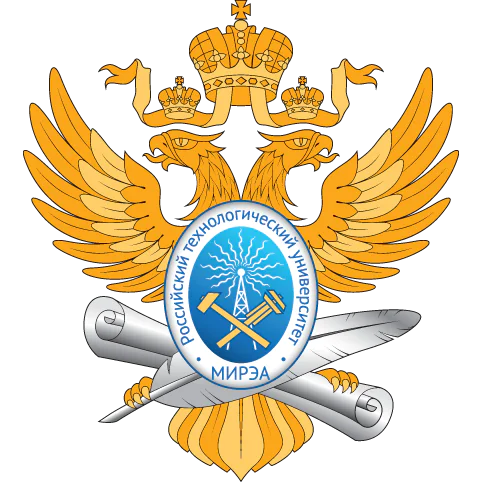Copper complexes of non-steroidal anti-inflammatory drugs: an opportunity yet to be realized
Jane E. Weder
1
,
Carolyn T. Dillon
1
,
T. W. Hambley
1
,
Brendan Kennedy
1
,
Peter A. Lay
1
,
J.Ray Biffin
2
,
Hubert L. Regtop
2
,
Neal M Davies
3
2
Biochemical Veterinary Research Pty. Ltd., Braemar NSW 2575, Australia
|
Тип публикации: Journal Article
Дата публикации: 2002-10-10
scimago Q1
wos Q1
БС1
SJR: 4.638
CiteScore: 38.2
Impact factor: 23.5
ISSN: 00108545, 18733840
Materials Chemistry
Inorganic Chemistry
Physical and Theoretical Chemistry
Краткое описание
The proposed curative properties of Cu-based non-steroidal anti-inflammatory drugs (NSAIDs) have led to the development of numerous Cu(II) complexes of NSAIDs with enhanced anti-inflammatory activity and reduced gastrointestinal (GI) toxicity compared with their uncomplexed parent drug. These low toxicity Cu drugs have yet to reach an extended human market, but are of enormous interest, because many of today's anti-inflammatory drug therapies, including those based on the NSAIDs, remain either largely inadequate and/or are associated with problematic renal, GI and cardiovascular side effects. The origins of the anti-inflammatory and gastric-sparing actions of Cu-NSAIDs, however, remain uncertain. Their ability to influence copper metabolism has been a matter of debate and, apart from their frequently reported superoxide dismutase (SOD)-like activity in vitro, relatively little is known about how they ultimately regulate the inflammatory process and/or immune system. Furthermore, little is known of their pharmacokinetic and biodistribution profile in both humans and animals, stability in biological media and pharmaceutical formulations, or the relative potency/efficacy of the Cu(II) monomeric versus Cu(II) dimeric complexes. The following review will not only discuss the etiology of inflammation, factors influencing the metabolism of copper and historical overview of the development of the Cu-NSAIDs, but also outline the structural characteristics, medicinal and veterinary properties, and proposed modes of action of the Cu-NSAIDs. It will also compare the SOD, anti-inflammatory and ulcerogenic effects of various Cu-NSAIDs. If the potential opportunities of the Cu-NSAIDs are to be completely realized, a mechanistic understanding and delineation of their in vivo and in vitro pharmacological activity is fundamental, along with further characterization of their pharmacokinetic/pharmacodynamic disposition.
Найдено
Ничего не найдено, попробуйте изменить настройки фильтра.
Найдено
Ничего не найдено, попробуйте изменить настройки фильтра.
Топ-30
Журналы
|
10
20
30
40
50
60
|
|
|
Journal of Inorganic Biochemistry
56 публикаций, 12.02%
|
|
|
Polyhedron
44 публикации, 9.44%
|
|
|
Journal of Molecular Structure
33 публикации, 7.08%
|
|
|
Dalton Transactions
21 публикация, 4.51%
|
|
|
Journal of Coordination Chemistry
21 публикация, 4.51%
|
|
|
Inorganica Chimica Acta
17 публикаций, 3.65%
|
|
|
Applied Organometallic Chemistry
13 публикаций, 2.79%
|
|
|
New Journal of Chemistry
12 публикаций, 2.58%
|
|
|
Spectrochimica Acta - Part A: Molecular and Biomolecular Spectroscopy
9 публикаций, 1.93%
|
|
|
Inorganic Chemistry Communication
8 публикаций, 1.72%
|
|
|
Inorganic Chemistry
8 публикаций, 1.72%
|
|
|
Coordination Chemistry Reviews
6 публикаций, 1.29%
|
|
|
Molecules
5 публикаций, 1.07%
|
|
|
Chemical Papers
5 публикаций, 1.07%
|
|
|
European Journal of Medicinal Chemistry
5 публикаций, 1.07%
|
|
|
RSC Advances
5 публикаций, 1.07%
|
|
|
Journal of Thermal Analysis and Calorimetry
4 публикации, 0.86%
|
|
|
Materials Science and Engineering C
4 публикации, 0.86%
|
|
|
Russian Chemical Bulletin
3 публикации, 0.64%
|
|
|
Acta Crystallographica Section E Structure Reports Online
3 публикации, 0.64%
|
|
|
Inorganics
3 публикации, 0.64%
|
|
|
International Journal of Molecular Sciences
3 публикации, 0.64%
|
|
|
Journal of Biological Inorganic Chemistry
3 публикации, 0.64%
|
|
|
Theoretical Chemistry Accounts
3 публикации, 0.64%
|
|
|
Chemical Physics Letters
3 публикации, 0.64%
|
|
|
European Journal of Inorganic Chemistry
3 публикации, 0.64%
|
|
|
ChemistrySelect
3 публикации, 0.64%
|
|
|
Chemistry - A European Journal
3 публикации, 0.64%
|
|
|
Journal of Medicinal Chemistry
3 публикации, 0.64%
|
|
|
10
20
30
40
50
60
|
Издатели
|
50
100
150
200
250
|
|
|
Elsevier
217 публикаций, 46.57%
|
|
|
Springer Nature
45 публикаций, 9.66%
|
|
|
Royal Society of Chemistry (RSC)
44 публикации, 9.44%
|
|
|
Wiley
42 публикации, 9.01%
|
|
|
Taylor & Francis
31 публикация, 6.65%
|
|
|
American Chemical Society (ACS)
18 публикаций, 3.86%
|
|
|
MDPI
17 публикаций, 3.65%
|
|
|
Walter de Gruyter
7 публикаций, 1.5%
|
|
|
Pleiades Publishing
6 публикаций, 1.29%
|
|
|
Hindawi Limited
6 публикаций, 1.29%
|
|
|
International Union of Crystallography (IUCr)
5 публикаций, 1.07%
|
|
|
Oxford University Press
2 публикации, 0.43%
|
|
|
Beilstein-Institut
1 публикация, 0.21%
|
|
|
CSIRO Publishing
1 публикация, 0.21%
|
|
|
Mary Ann Liebert
1 публикация, 0.21%
|
|
|
SAGE
1 публикация, 0.21%
|
|
|
Frontiers Media S.A.
1 публикация, 0.21%
|
|
|
IOP Publishing
1 публикация, 0.21%
|
|
|
Korean Chemical Society
1 публикация, 0.21%
|
|
|
King Saud University
1 публикация, 0.21%
|
|
|
Scientific Publishers
1 публикация, 0.21%
|
|
|
Scientific Research Publishing
1 публикация, 0.21%
|
|
|
American Association for the Advancement of Science (AAAS)
1 публикация, 0.21%
|
|
|
Society of Pharmaceutical Tecnocrats
1 публикация, 0.21%
|
|
|
American Society for Microbiology
1 публикация, 0.21%
|
|
|
Asian Journal of Chemistry
1 публикация, 0.21%
|
|
|
AIP Publishing
1 публикация, 0.21%
|
|
|
World Scientific
1 публикация, 0.21%
|
|
|
RTU MIREA
1 публикация, 0.21%
|
|
|
50
100
150
200
250
|
- Мы не учитываем публикации, у которых нет DOI.
- Статистика публикаций обновляется еженедельно.
Вы ученый?
Создайте профиль, чтобы получать персональные рекомендации коллег, конференций и новых статей.
Метрики
466
Всего цитирований:
466
Цитирований c 2024:
30
(6.44%)
Цитировать
ГОСТ |
RIS |
BibTex |
MLA
Цитировать
ГОСТ
Скопировать
Weder J. E. et al. Copper complexes of non-steroidal anti-inflammatory drugs: an opportunity yet to be realized // Coordination Chemistry Reviews. 2002. Vol. 232. No. 1-2. pp. 95-126.
ГОСТ со всеми авторами (до 50)
Скопировать
Weder J. E., Dillon C. T., Hambley T. W., Kennedy B., Lay P. A., Biffin J., Regtop H. L., Davies N. M. Copper complexes of non-steroidal anti-inflammatory drugs: an opportunity yet to be realized // Coordination Chemistry Reviews. 2002. Vol. 232. No. 1-2. pp. 95-126.
Цитировать
RIS
Скопировать
TY - JOUR
DO - 10.1016/S0010-8545(02)00086-3
UR - https://doi.org/10.1016/S0010-8545(02)00086-3
TI - Copper complexes of non-steroidal anti-inflammatory drugs: an opportunity yet to be realized
T2 - Coordination Chemistry Reviews
AU - Weder, Jane E.
AU - Dillon, Carolyn T.
AU - Hambley, T. W.
AU - Kennedy, Brendan
AU - Lay, Peter A.
AU - Biffin, J.Ray
AU - Regtop, Hubert L.
AU - Davies, Neal M
PY - 2002
DA - 2002/10/10
PB - Elsevier
SP - 95-126
IS - 1-2
VL - 232
SN - 0010-8545
SN - 1873-3840
ER -
Цитировать
BibTex (до 50 авторов)
Скопировать
@article{2002_Weder,
author = {Jane E. Weder and Carolyn T. Dillon and T. W. Hambley and Brendan Kennedy and Peter A. Lay and J.Ray Biffin and Hubert L. Regtop and Neal M Davies},
title = {Copper complexes of non-steroidal anti-inflammatory drugs: an opportunity yet to be realized},
journal = {Coordination Chemistry Reviews},
year = {2002},
volume = {232},
publisher = {Elsevier},
month = {oct},
url = {https://doi.org/10.1016/S0010-8545(02)00086-3},
number = {1-2},
pages = {95--126},
doi = {10.1016/S0010-8545(02)00086-3}
}
Цитировать
MLA
Скопировать
Weder, Jane E., et al. “Copper complexes of non-steroidal anti-inflammatory drugs: an opportunity yet to be realized.” Coordination Chemistry Reviews, vol. 232, no. 1-2, Oct. 2002, pp. 95-126. https://doi.org/10.1016/S0010-8545(02)00086-3.
Профили















